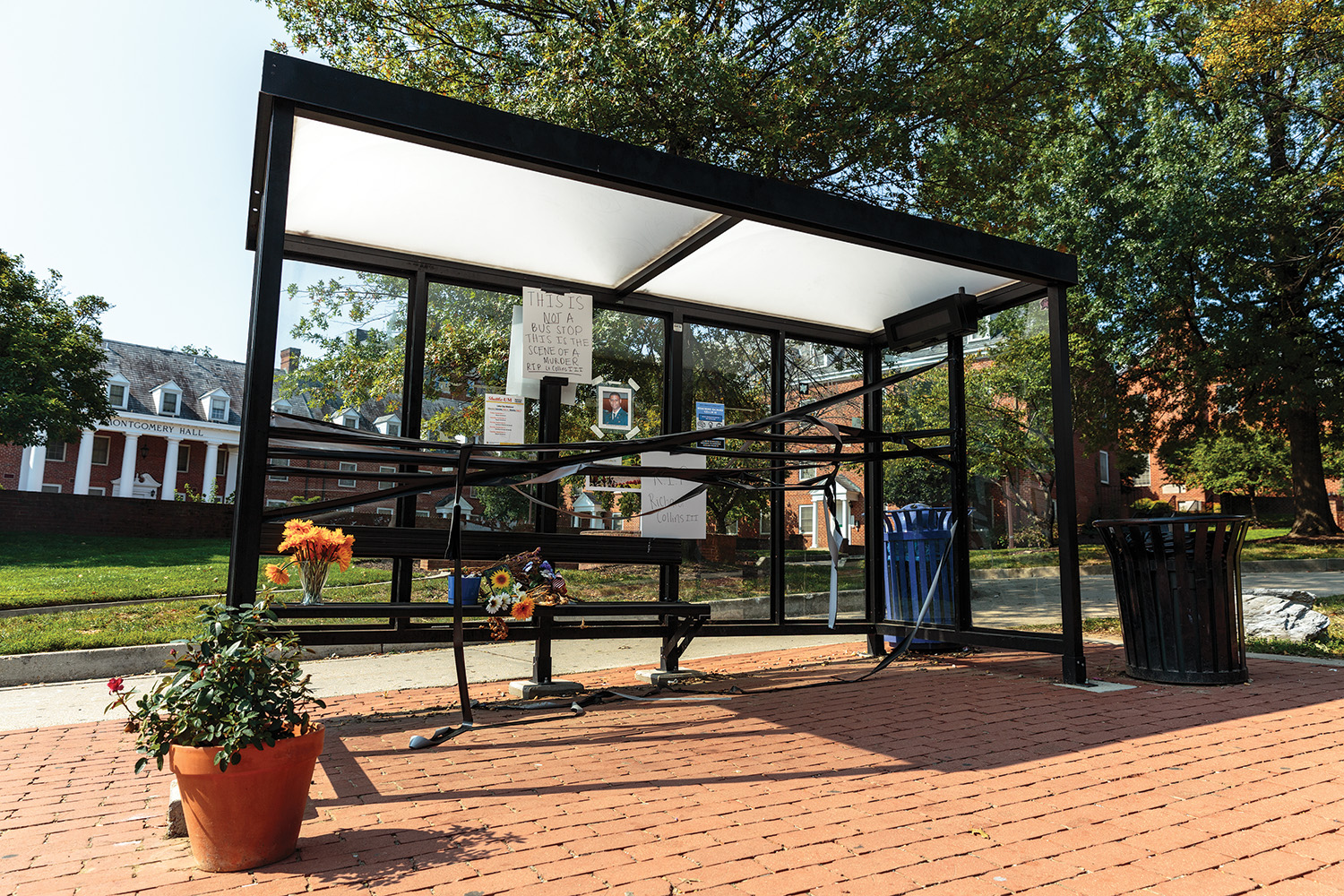Views expressed in opinion columns are the author’s own.
There have been big strides in justice the past two days: Sean Urbanski was indicted on a hate crime charge in the death of Richard Collins, and a Maryland federal judge just blocked President Trump’s latest travel ban. We should celebrate the establishment recognizing and pushing back against acts of hate, but the overall anxiety these and similar events brought to campus won’t go away because the legal system has reacted.
It took four months for Urbanski to receive this charge, and the courts are fighting Trump’s third travel ban. It’s not enough to wait for justice; the University of Maryland needs more participative ways to address societal sources of hate.
We’re seeing mounting hate bias incidents on campus, but the lag between when they happen and when institutions, such as courts or this university’s administration, address them leaves communities uncertain and vulnerable. And when official decisions do come, they’re never as ubiquitous as the crime.
It’s created a visible culture of fear on our campus, because it doesn’t feel like there’s a plan. We’re not seeing strong precedents set for how we deal with bigotry at this university. After the stabbing of Richard Collins, university President Wallace Loh established a diversity task force that hasn’t stemmed the upward trend in campus hate crimes; several recent incidents with malicious messages haven’t been ruled hate bias; and our mental health resources are underfunded despite mounting student need in the wake of these acts.
The community clearly isn’t encouraged by what it’s seeing. Attendance at the diversity task force’s second open forum decreased from the first event, suggesting weakening faith in the university’s approach to hate on campus. The system is still too reactive to effectively address hate crime, so it’s hard to believe that this is our framework for preventing it.
And we’ve been talked to death about the importance of inclusion and diversity. It’s the theme of so many emails and statements from Loh, but what’s the effect of telling us the way things should be when the reality is nowhere close? While groups of students have been proactive about voicing their opinions, the key is to focus on meaningful campus-wide participation. We have to uncompromisingly strike at the societal sources of prejudice to keep it from becoming violence.
Watching videos about acceptance and saying that’s what this university values doesn’t internalize anything. It’s performative, too canned and blanketed to be internalized; people need to be actively educated by being challenged. Hate bias incidents should be discussed in classes and dorms from a variety of perspectives, not quietly individually lamented as tragic and unavoidable. Cross-cultural dialogues should fill public spaces, not be confined to constructed lectures and panels.
Moreover, there shouldn’t be an excuse for holding prejudiced views. We can’t hesitate when an individual claims history, culture, age or their individual experience justifies an exclusionary opinion. If we let these things go, hateful activity falls through the cracks and groups based on supremacy and racism agglutinate. Even if people don’t change their beliefs, it works to actively change this university’s culture.
The law doesn’t have to be the only determinant of what’s acceptable and what isn’t. Even if hate bias isn’t determined to have caused an incident, its effect on the campus body needs to be addressed when it happens to prevent further crimes. The community needs to have a clearly defined culture opposing bigotry, and we can’t just accept that solutions are in the works.
Sona Chaudhary, opinion editor, is a sophomore English and geology major. She can be reached at opinionumdbk@gmail.com.



